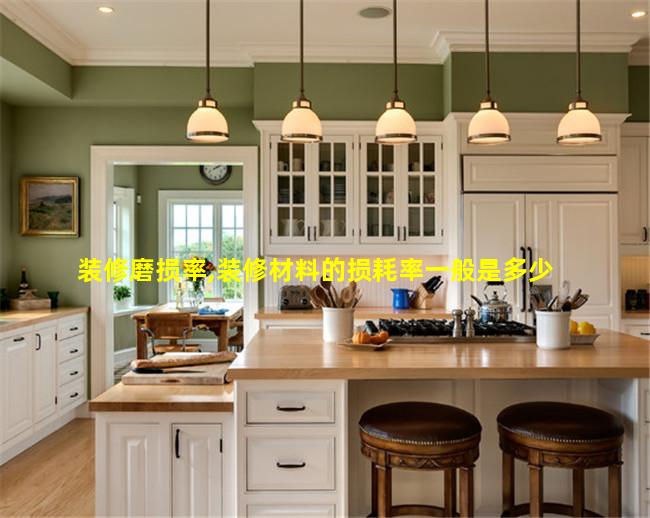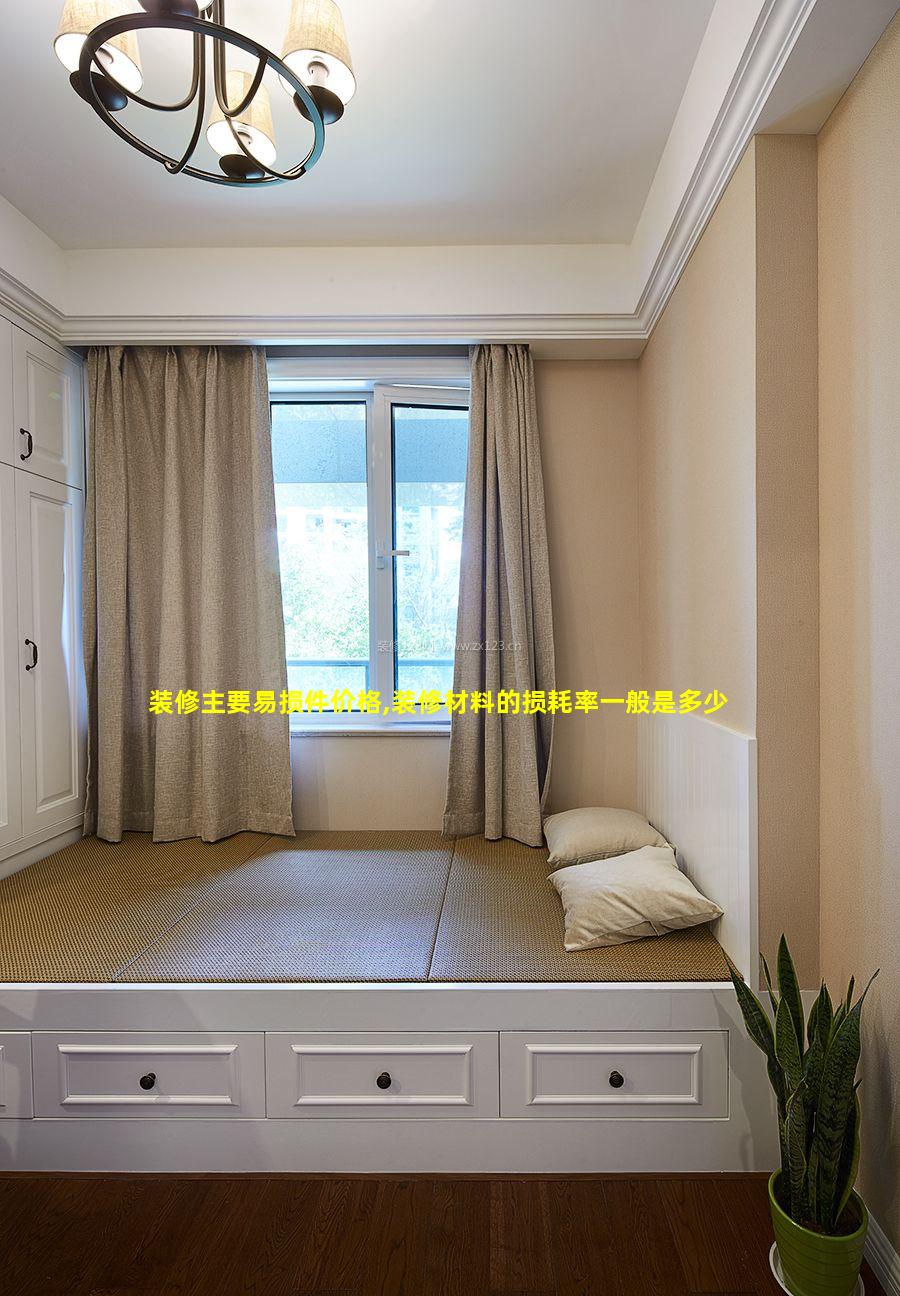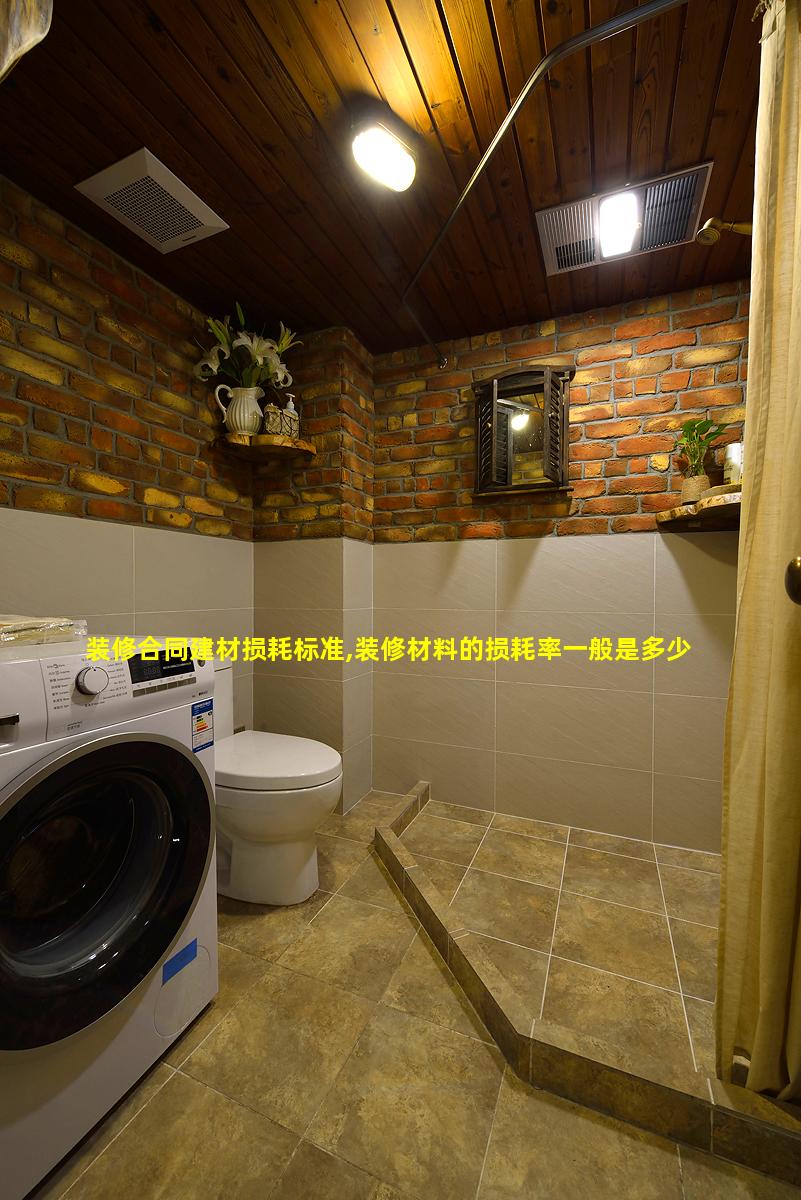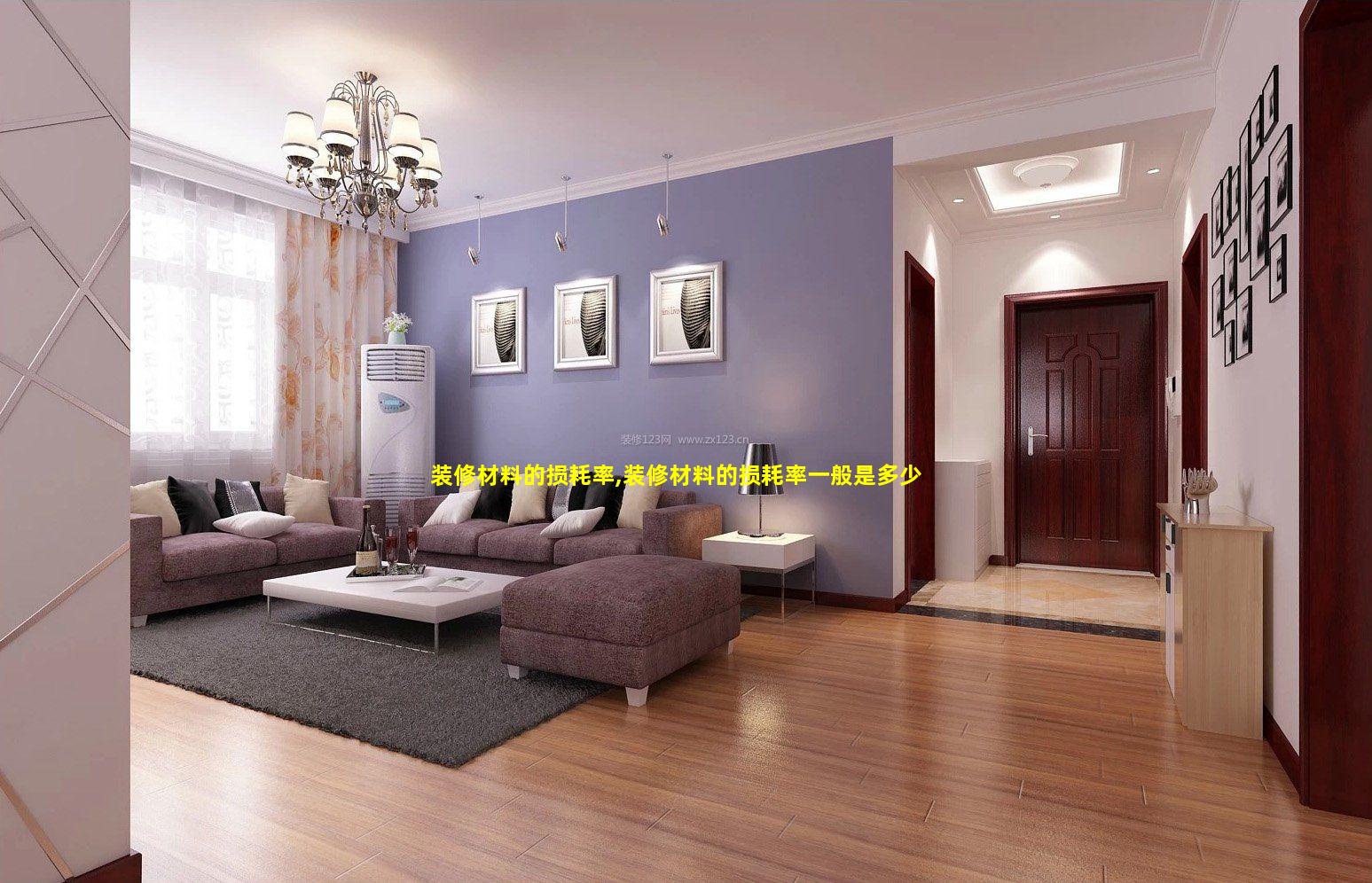装修磨损率,装修材料的损耗率一般是多少
- 作者: 向镱文
- 发布时间:2024-08-22
1、装修磨损率
装修磨损率
装修磨损率 refers to the depreciation rate of interior decoration. It is an accounting term used to estimate the reduction in the value of a property due to wear and tear, aging, and obsolescence of the interior finishes and fixtures.
Calculation:
The装修磨损率is typically calculated using a straightline depreciation method over a specific period. The depreciation period varies depending on the type of property and the materials used in the interior finishes. Common depreciation periods include:
Residential properties: 510 years
Commercial properties: 35 years
Luxury properties: 1015 years
Factors Affecting 装修磨损率:
Quality of materials: Higherquality materials, such as hardwood floors and granite countertops, have a longer lifespan and lower depreciation rate.
Usage: Properties that experience frequent use or heavy traffic, such as rental units or commercial buildings, have a higher depreciation rate.
Maintenance: Regular maintenance and repairs can prolong the lifespan of interior finishes and reduce the depreciation rate.
Design trends: Changing design trends can affect the value of interior finishes. Trendy finishes may depreciate faster than classic or timeless designs.
Location: Properties in desirable locations often have a lower depreciation rate due to higher demand.
Impact on Property Value:
装修磨损率 is an important factor that affects the market value of a property. A higher depreciation rate indicates that the interior finishes and fixtures are losing value more quickly, which can reduce the overall property value.
Importance:

Understanding and considering装修磨损率 is crucial for:
Estimating the cost of future renovations and replacements
Accurately valuing a property for tax purposes
Making informed decisions about property maintenance and upgrades
2、装修材料的损耗率一般是多少
装修材料的损耗率通常在5%到20%之间,具体取决于材料的类型和施工工艺。
不同材料的损耗率:
瓷砖: 5%10%
地板: 5%10%
石材: 10%15%
涂料: 10%20%
壁纸: 15%20%
卫浴洁具: 5%10%
五金件: 5%10%
影响损耗率的因素:
材料尺寸和形状: 较小的材料损耗率通常较低。
施工工艺: 熟练的工匠能减少损耗。
现场环境: 潮湿或高温的环境可能增加损耗。
运输和储存: 不当的运输和储存会导致材料损坏。
材料质量: 高质量的材料通常损耗率较低。
因此,在预算装修成本时,重要的是考虑材料的损耗率。为了避免浪费,最好根据实际需求和损耗率购买略微更多的材料。
3、装修损耗在报价损耗怎么算
装修损耗在报价损耗中的计算方法:

装修损耗是指在装修过程中不可避免的材料消耗,通常包括:
材料自身损耗(如瓷砖、地板的破损)
施工过程中损耗(如切割材料时的碎料)
装卸运输时的损耗(如材料搬运过程中的碰撞)
在报价中计入损耗可以确保装修公司在项目完成时不会亏损。
计算方法:
1. 预估损耗率:根据装修项目的具体情况,预估各种材料的损耗率。损耗率通常在 5%15% 之间,可以参考行业标准或以往经验。
2. 总价乘以损耗率:将材料总价乘以预估的损耗率,得出损耗金额。
3. 损耗金额加到报价中:将计算出的损耗金额加到装修报价中。
示例:
假设瓷砖材料总价为 10,000 元,预估损耗率为 10%。
损耗金额 = 10,000 元 10% = 1,000 元
报价损耗 = 1,000 元
因此,在报价中需要额外增加 1,000 元的损耗费用。
注意事项:
准确预估损耗率非常重要,过高会导致报价偏高,过低可能会导致亏损。
不同材料的损耗率不同,需要根据实际情况进行预估。
部分材料供应商可能提供包损服务,即材料价格中已包含损耗,此时不需要额外计入损耗。
装修合同中应明确损耗计算方法和比例,以避免纠纷。
4、装修损耗一般多少年均摊
20 年



